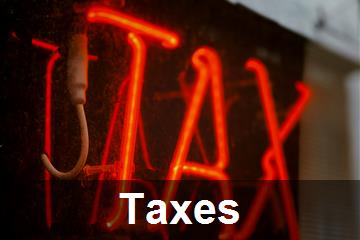
07 dic 2024
The recent legislative change introduced by Dlgs 1/2024, specifically Article 13, addresses the longstanding issue of tax credit reporting in the RU framework of the tax return model.
Previously, failure to report tax credits could lead to their classification as 'non-existent, ' resulting in the loss of benefits.
The new regulation clarifies that such omissions will no longer result in the forfeiture of the credit, except for state aid or de minimis credits.
This change applies to tax periods after December 31, 2022, and simplifies the declaration process by reducing the required data in the RU framework.
The reform aims to streamline the process and ensure that taxpayers do not lose benefits due to reporting errors.

The introduction of Article 13 in Dlgs 1/2024 marks a significant shift in the handling of tax credits within the RU framework of the tax return model.
Historically, the omission of tax credits in this section could lead to their classification as 'non-existent, ' resulting in the loss of the associated benefits.
This issue has been a point of contention, with debates focusing on whether such omissions should render the credit 'non-existent' or merely 'not due.' In some instances, legal interpretations have led to the forfeiture of the credit.
However, Article 13 resolves this debate by stipulating that the failure to report tax credits will not result in the loss of the benefit, except in cases involving state aid or de minimis credits as outlined in Article 10 of decree 115/2017.
For these specific credits, non-compliance with registration obligations will still render the aid illegitimate.
The new provisions apply to tax declarations for periods following the fiscal year ending December 31, 2022.
For taxpayers with a fiscal year aligned with the calendar year, this means that failing to report data in the models due by October 31 will no longer result in the loss of the credit.
Additionally, Dlgs 1/2024 introduces a simplification of the declaration models, particularly benefiting the RU framework, which now requires fewer data points.
The framework is divided into three sections: Section I for the credit accrued/used, Section II for information on expenses that qualify for specific credits (such as '4.0' credit, 'R&D' credit, and environmental remediation bonus), and Section III for information on credit transfers and any exceedance of usage limits.
Section III is specifically used when attributing credit to shareholders of transparent companies.
The allocation of credit to shareholders (as per circular 9/E/2021) must be proportional to their profit-sharing quotas and should be reflected in both the transparent entity's tax return and the shareholder's return.
The transparent entity must complete the RU framework for the tax period during which the facilitated investments were made, indicating in Section I the amount due, the amount already used, and the residual amount to be carried forward to the next declaration, net of the amount intended for allocation to its shareholders or collaborators; this latter amount should also be indicated in Section III-B. Shareholders must follow a similar procedure, completing Section I and Section III-A. It is important to note that starting this year, the indication of certain 'non-automatic' credits in Section I is no longer required, except in specific cases.
These credits are granted by administrations other than the Revenue Agency, which transmits the data to the latter, and for which the only method of utilization is external compensation.
The list of these credits (and exceptions) is contained in the ministerial instructions.

